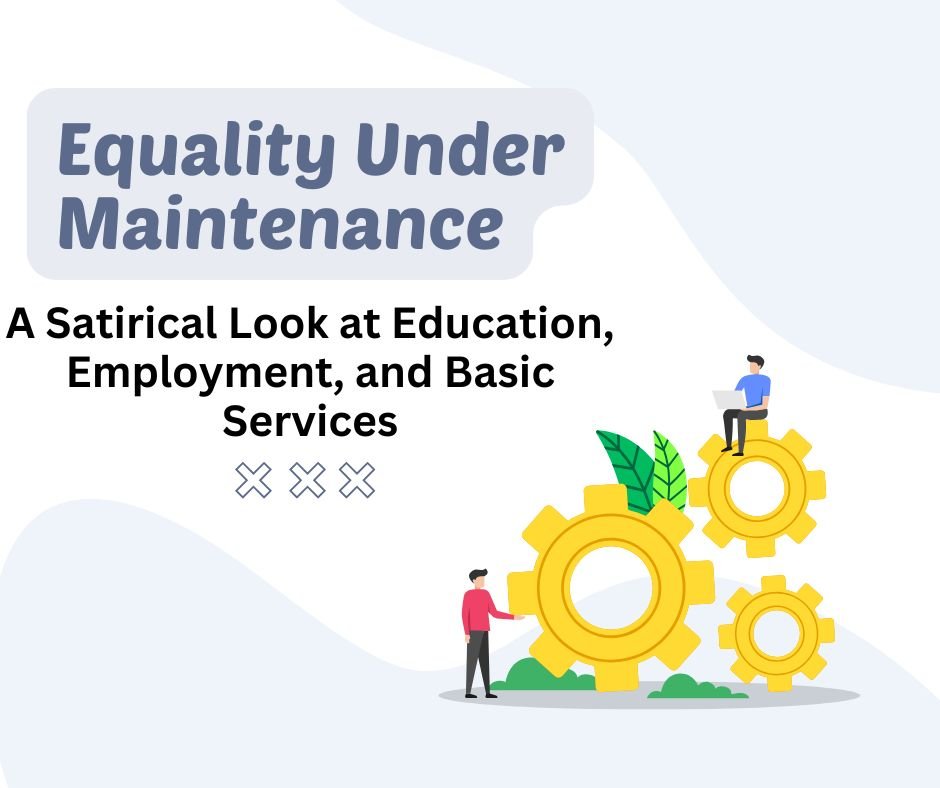Understanding Corruption in the Philippines: Historical Context and the Role of AI in Combatting It

Corruption has long been a significant issue in the Philippines, deeply rooted in its historical context and continuing to affect governance and public trust. This article explores the historical background of corruption in the Philippines and examines how artificial intelligence (AI) can play a crucial role in minimizing or even eradicating this pervasive problem.
Historical Context of Corruption
Corruption in the Philippines can be traced back to the Spanish colonial period (1565-1898), where colonial officials often exploited their positions for personal gain. This legacy persisted during American rule (1898-1946), setting the stage for systemic corruption in the years to come.
The regime of Ferdinand Marcos (1965-1986) is often cited as a peak period of corruption. Marcos and his associates were accused of embezzling billions of dollars from the government, with estimates suggesting that around $10 billion was stolen. The public outrage over this corruption contributed to the People Power Revolution in 1986, which ousted Marcos and led to the establishment of a new government under Corazon Aquino, promising reforms and anti-corruption measures.
Key Events and Data
- Corruption Perceptions Index (CPI): According to Transparency International’s CPI, the Philippines has consistently ranked poorly in terms of perceived corruption. In 2022, the Philippines scored 33 out of 100, ranking 116th out of 180 countries, reflecting widespread concerns about corruption in public institutions.
- Ombudsman Reports: The Office of the Ombudsman in the Philippines is responsible for investigating corruption. Recent reports indicate thousands of cases of graft and corruption, with a significant number leading to convictions, highlighting ongoing issues within the system.
- PDAF Scam (2013): The Priority Development Assistance Fund (PDAF) scam involved the misappropriation of billions of pesos intended for development projects. Several lawmakers were implicated, leading to public outrage and renewed calls for reform.
- Duterte Administration (2016-2022): President Rodrigo Duterte’s administration promised to combat corruption but faced criticism for alleged human rights abuses and a lack of transparency. Anti-corruption efforts included the dismissal of several officials for corruption-related offenses, yet skepticism remained regarding the effectiveness of these measures.
- Recent Developments: In 2021, the Philippines faced controversies surrounding the procurement of COVID-19 supplies, with allegations of overpricing and mismanagement. This led to Senate investigations and calls for accountability, further highlighting the persistent issue of corruption.
The Role of AI in Combatting Corruption
As the Philippines continues to grapple with corruption, the integration of artificial intelligence (AI) offers promising solutions to minimize or eradicate this issue. Here are several ways AI can contribute:
- Enhanced Transparency: AI can analyze large datasets to identify patterns and anomalies in government spending and procurement processes. This capability can help detect irregularities that may indicate corrupt practices.
- Real-Time Monitoring: AI systems can provide real-time monitoring of government transactions and contracts, ensuring that any deviations from standard procedures are flagged immediately for investigation.
- Whistleblower Protection: AI can facilitate secure and anonymous reporting channels for whistleblowers, using encryption and advanced security measures to protect their identities while allowing them to report corruption without fear of retaliation.
- Predictive Analytics: By employing machine learning algorithms, AI can predict potential corruption hotspots by analyzing historical data and identifying trends, enabling proactive measures to be taken before corruption occurs.
- Public Engagement: AI-driven platforms can enhance citizen engagement by providing accessible information about government spending and projects, empowering citizens to hold officials accountable and demand transparency.
- Automated Auditing: AI can automate the auditing process, making it faster and more efficient. This can help ensure compliance with regulations and identify discrepancies that may suggest corrupt activities.
- Blockchain Integration: AI can work alongside blockchain technology to create immutable records of transactions, making it nearly impossible to alter or falsify data, thus enhancing accountability in public spending.
- Training and Awareness: AI can be used to develop training programs for government officials and employees, educating them about ethical practices and the consequences of corruption, fostering a culture of integrity.
Conclusion
Corruption remains a significant issue in the Philippines, affecting governance, economic development, and public trust. While historical factors have contributed to the persistence of corruption, the advent of AI presents new opportunities to combat this challenge. By leveraging AI technologies, the Philippines can take significant strides toward reducing corruption and promoting a more transparent and accountable governance system.
As the nation continues to navigate its complex political landscape, the fight against corruption will require a collective effort from government, civil society, and the public, supported by innovative technologies like AI to foster a culture of integrity.
Written with love from your friendly neighborhood tech explorer at aiwhylive.com
Sources:
- Transparency International. (2022 ). Corruption Perceptions Index. Retrieved from Transparency International.
- Office of the Ombudsman, Philippines. (2021). Annual Report. Retrieved from Ombudsman.gov.ph.
- Philippine Daily Inquirer. (2013). PDAF Scam: A Timeline. Retrieved from Inquirer.net.
- Rappler. (2022). Duterte’s Anti-Corruption Campaign: A Review. Retrieved from Rappler.com.
- The Philippine Star. (2021). Senate Investigates COVID-19 Supply Procurement. Retrieved from Philstar.com.


